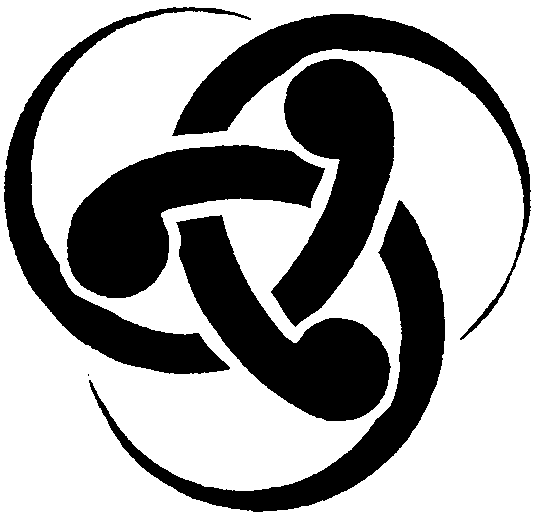|
Sample Student
final answers 2013 (2013 final exam assignment) #1: Research Reports |
LITR 4333
|
 |
Carrie Block
Anzia Yezierska
After reading “Soap and Water” by Anzia
Yezierska, and learning of the struggles that women faced in the turn of the
century in America, I was intrigued and curious to find out more about its
author and her life. Even though I
am not of the Jewish persuasion I felt a symbolic connection to her writing and
could relate as a woman. Anzia Yezierska gave a voice to her people and Jewish
immigrant life at the time. “As a writer, Yezierska believed “her mission was to
mediate between her culture and the dominant culture of America”
Anzia Yezierska was born in the Russian
Polish village of Plinsk, near Warsaw, sometime between 1880 and 1885. Anzia did
not know her exact date of her birth but her daughter suspects that she
perpetually reinvented her history in interviews claiming to be younger. She
surmises this was done to compensate for her late start as a writer.
Anzia was the youngest of nine children. The Yezierska family arrived in
the United States in the early 1890’s although her oldest brother, Meyer,
arrived several years earlier. Upon
his arrival American Immigration officers changed his name to Max Mayer,
replacing his first with a version of his last name. When the Yezierska family
arrived they too were given the last name Mayer and Anzia was given the first
name Harriet or Hattie. She later came back to the real name Anzia Yezierska
when she was around twenty-eight. Once here in America the family settled into a
cramped tenement apartment building on the Lower East Side of Manhattan.
Anzia’s father, Baruch, was a fulltime
scholar of sacred texts or a Talmudic scholar, due to this was not gainfully
employed.
Yezierska is best known for her fictional
portrayal of Jewish immigrant life in New York’s Lower East side.
The main themes of her writings seem to be the costs of assimilation and
acculturation among immigrants.
She later went on to write “Where Lovers
Dream”, “The Fat of the land” and “Hungry Hearts” in which the story of “Soap
and Water” appears. With “Hungry Hearts” she captured the attention of a
Hollywood. The movie producer Samuel Goldwyn brought her to Hollywood and made
her a screenwriter. In 1920 he made “Hungry Hearts” into a silent movie. Her
Hollywood career didn’t end there as her work “Salome of the Tenement” was her
next story to hit the big screen but being removed from her culture she felt
blocked and returned to an economically struggling New York. In 1925, Anzia
wrote her most studied and critically acclaimed work “Bread Givers”. In “Bread
Givers” Anzia writes of a young woman, Sara Smolinsky, struggling to live day to
day as a Jewish immigrant in New York, while the work is fictional there are
direct correlations to Anzia’s life and family. The story spoke of the ways of
the Jewish family, education and religious study was the realm of the mean,
while the daughters were sent to work in factories to help supplement the
household earnings.
Though interest in her work diminished in
the 1920’s she continued to write. In 1932 she wrote “All I Could Never Be”
which focused on her desire to be an American but unable to reach this status
because she sees herself as an immigrant. This was the last of her novels that
she wrote before falling into obscurity. In 1950, her fictionalized
autobiography was published “Red Ribbon on a White Horse”. She was nearly 70
years old by this time and it lead to renewed interest in her work. She wrote
her last novel “The Open Cage” in 1962 at the age of 81. It was one of her
bleakest pieces as it compared her life to that of an ailing bird. Anzia
continued to write even though she was blind up to her death in 1970.
Anzia Yezierska has been a profound,
prolific writer of the immigrant narrative. She has relentlessly documented the
struggles and strife’s of immigrant life, particularly that of the Jewish
immigrant worker, and the cost of assimilation and acculturation in the
immigrant narrative. Her stories have provided us with a reflective and poignant
insight to the meaning of liberation and independence for female immigrants,
which as a woman I can relate and connect with on a symbolic level. To do this
she frequently drew upon her own life experiences in New York’s Lower East Side
which in result aided her mission to intertwine her immigrant culture with the
Dominant Culture of America.
Works Cited
Horowitz, Sara R. http://jwa.org/encyclopedia/article/yezierska-anzia. n.d. November 2013.
http://en.wikipedia.org/wiki/anzia_yezierska. Wikipedia. n.d. November 2013.
Moon, Krystn R. "The Gift of
Bread Givers." Journal of American Ethnic History (2010): 74-78.



